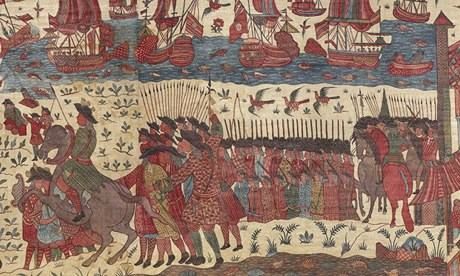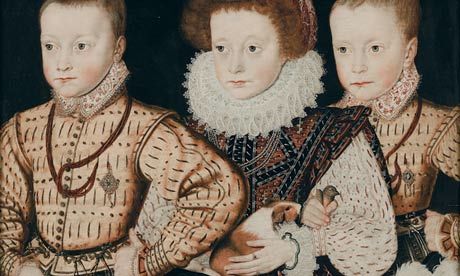Textiles are usually low on the pecking order of objects in museums and galleries. "As far as we know," says Amelia Peck, Interwoven Globe's lead curator, "this is the first time that anyone has created an exhibition that uses textiles to tell the story of worldwide trade in the early modern period. (Vickery, 2013b).
|
0 Comments
Many academics prefer research, writing and conferencing to the hard tutorial grind. (Jenkins, 2013). Some historians fetishise documents, and historians of empire are among the most hide-bound. For decades, these scholars have viewed written evidence as sacrosanct. That documents – like all forms of evidence – must be triangulated, and interrogated for veracity using other forms of evidence, including oral testimonies from colonised populations, mattered little. (Elkins, 2013). Children with erratic bedtimes are more likely to have behavioural problems – including hyperactivity, problems with peers and emotional difficulties – and demonstrate symptoms similar to jet lag. (Topping, 2013). http://www.theguardian.com/lifeandstyle/2013/oct/14/children-regular-bedtimes-behaviour
As the Guardian's Alexis Petridis pointed out at the time, the Bowie story is so well-known that "unless it's content to retell a very hackneyed story indeed, David Bowie Is has to find a way of casting new light on some of the most over-analysed and discussed music in rock history." (Bury, 2013b). Although shunga, meaning "spring picture" or "pillow picture", was a mainstream artistic genre for several centuries, enjoyed by ordinary townspeople as well as aristocrats, it was suppressed in the 20th century when Japan opened up to the west and the country went through an accelerated "modernisation". For the study, psychologists went into pre-school classrooms and taught 40 children aged three to nearly five years old a simple computer game. It required them to memorise the positions on a grid of images including a cat, an umbrella, and a policeman. The children were trained from 10am until they could remember the positions of around 75% of the pictures. It dates from around 1580, and is believed to be the earliest depiction of the animal in England. It was painted at a time when guinea pigs, tender chunks of protein in South America, were beginning to be imported by the Spanish as exotic pets for wealthy Europeans. 'Make it new.' Ezra Pound commanded Modernist artists. They did so, and critics have been trying to explain their work ever since. Traditionally, art was supposed to either portray the world or else inspire its audience with ideas of beauty, truth and goodness. Modernist art appeared to do neither. Paintings seemed to be a mixture of strange abstractions and savage distortions; novels appeared to have abandoned grammar and syntax as well as story and plot, while poetry had collapsed into a heap of broken images. It no longer even rhymed, for goodness' sake. The subcultures explored include familiar ones like New Romantic (see that pirate shirt and stagewear worn by Toyah Wilcox), Goth and Rave, represented with Vivienne Westwood's spring/summer 1985 collection complete with that badge from Shoom. |
AuthorWrite something about yourself. No need to be fancy, just an overview. Archives
December 2013
Categories
All
|



 RSS Feed
RSS Feed
